Have you ever experienced that odd tingling sensation, as if tiny pins and needles are pricking your skin? This common phenomenon, known as paresthesia, can be both startling and, at times, worrisome. Whether it occurs briefly when your arm “falls asleep” or persists as a chronic discomfort, understanding its origins and implications is essential. In this comprehensive guide, we delve deep into the science behind this sensation, explore why sensory loss occurs, examine how long these feelings typically last, and discuss the potential consequences and treatments available. With expert insights from trusted sources like Mayo Clinic and Healthline, you’ll gain a clear understanding of this neurological issue and discover actionable steps to alleviate and prevent discomfort.
What Is Paresthesia? The Science Behind Pins and Needles
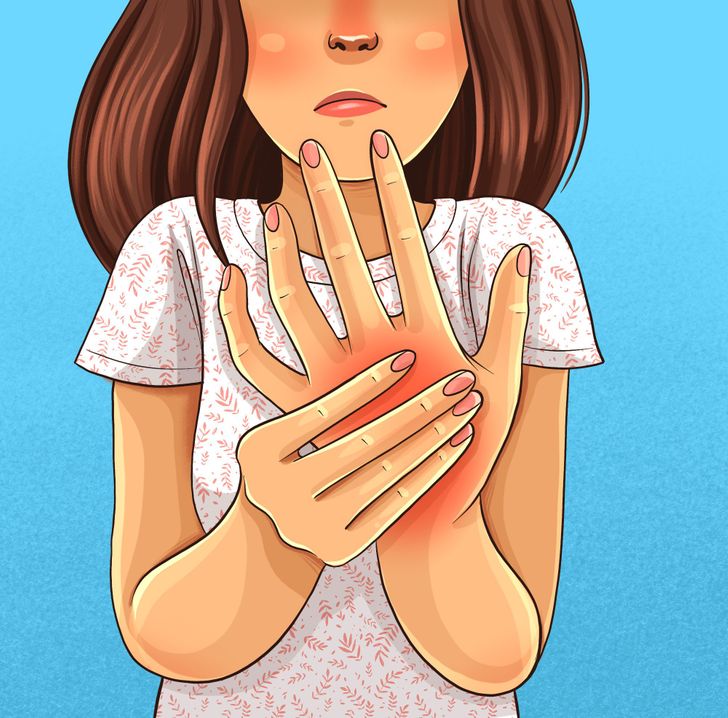
Paresthesia is the medical term for the tingling, prickling, or numb sensation often described as “pins and needles.” This sensation occurs when nerves are irritated, compressed, or damaged. While a brief episode of paresthesia is usually harmless, persistent or recurrent sensations may indicate underlying nerve issues.
Key Insights into Paresthesia:
- Nerve Signal Disruption: Our nervous system relies on electrical signals to communicate sensations between our brain and body. When these signals are disrupted—whether by pressure, injury, or a disease process—the result is the characteristic tingling sensation.
- Common Triggers: Sitting or sleeping on an arm for too long can temporarily compress nerves, leading to a transient episode of paresthesia. However, factors such as repetitive motions, prolonged pressure, or underlying health conditions can also contribute.
- Neurological Basis: The phenomenon can occur in any part of the body but is most commonly noticed in the hands, arms, legs, or feet. The condition may be benign, but in some cases, it is associated with neuropathy, a disorder that affects nerve function.
Understanding the neurological basis of paresthesia not only demystifies the sensation but also highlights the importance of addressing potential causes before they develop into more serious issues. For more detailed explanations of nerve function and paresthesia, refer to articles on Mayo Clinic and Healthline.
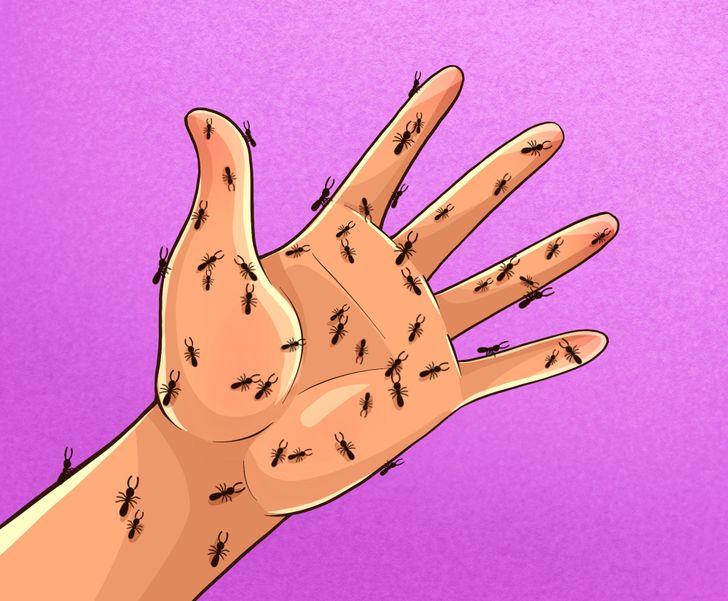
When Does Sensory Loss Occur? Triggers and Associated Conditions
While many of us experience a temporary episode of tingling or numbness, it is essential to recognize the triggers and conditions that lead to sensory loss. Sensory loss occurs when the nerves responsible for transmitting information to the brain become compromised. Here are some of the primary triggers and associated conditions:
Common Causes of Sensory Loss:
- Prolonged Pressure or Compression: One of the most common reasons for a temporary loss of sensation is external pressure on nerves. For instance, leaning on your arm or crossing your legs for an extended period can lead to compression, resulting in that familiar pins and needles feeling.
- Injury or Trauma: Accidents or injuries that damage nerves can cause persistent sensory loss. For example, a fracture or a deep cut can injure the nerve fibers, leading to numbness or tingling in the affected area.
- Poor Circulation: Reduced blood flow, whether due to vascular issues or conditions like diabetes, can lead to nerve damage. Insufficient blood supply means that nerves do not receive the oxygen and nutrients they need to function properly, resulting in sensory deficits.
- Medical Conditions: Chronic conditions such as diabetes, multiple sclerosis, and vitamin deficiencies (especially vitamin B12 deficiency) are known to affect nerve health. These conditions can lead to gradual nerve damage and persistent paresthesia.
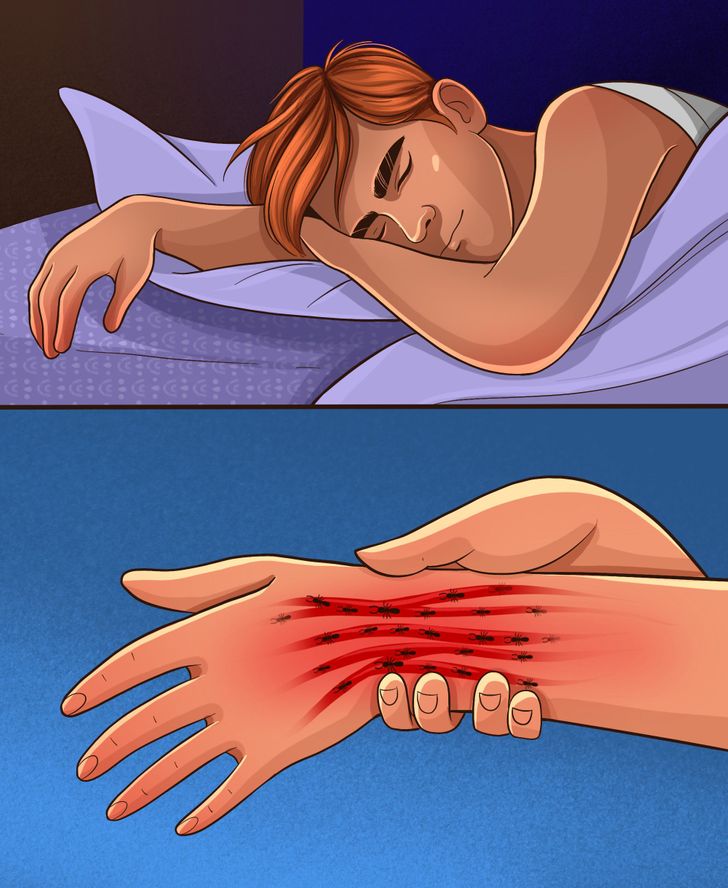
Lifestyle Factors and Sensory Loss:
- Repetitive Motion and Overuse: Jobs or activities that require repetitive movements can place continuous stress on specific nerve pathways, leading to chronic irritation and eventual sensory loss.
- Poor Ergonomics: Working in positions that strain the body—whether at a desk or while performing physical labor—can contribute to nerve compression and subsequent tingling sensations.
Recognizing these triggers is the first step towards preventing long-term nerve damage. By addressing issues such as poor circulation and ergonomic inefficiencies, you can reduce the risk of developing persistent paresthesia. For additional insights into the causes and preventive measures related to sensory loss, explore resources provided by WebMD and NIH.
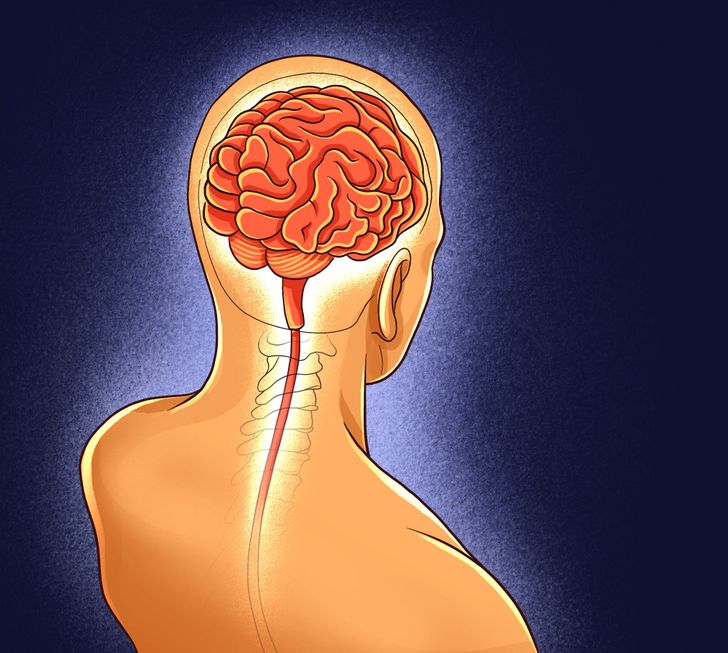
How Long Does the Tingling Sensation Last? Duration and Recovery
The duration of the pins and needles sensation can vary significantly from person to person and depends largely on the underlying cause. In most cases, the sensation is short-lived, resolving within minutes once the pressure is relieved. However, if the sensation lasts longer or recurs frequently, it may be a sign of a more serious condition that warrants professional evaluation.
Factors Influencing Duration:
- Temporary Compression: When the sensation is due to simple nerve compression (such as sleeping on your arm), the pins and needles typically subside within a few minutes after you change your position.
- Underlying Health Conditions: If paresthesia is linked to chronic conditions like diabetes or neuropathy, the tingling can persist for much longer and may be accompanied by other symptoms, such as muscle weakness or pain.
- Injury-Related Nerve Damage: Following an injury, nerve recovery can take days to weeks. During this time, you might experience prolonged tingling, numbness, or a combination of both.
- Repetitive Strain: For individuals exposed to repetitive strain or overuse of certain body parts, the recovery time might extend due to ongoing irritation of the nerves.
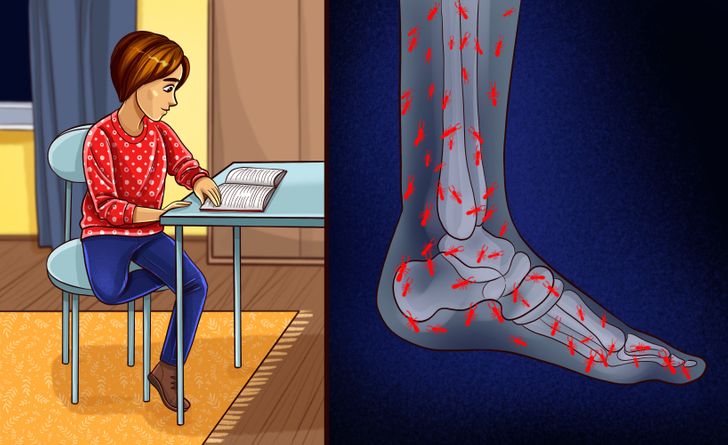
Recovery and Treatment Options:
- Short-Term Relief: Simple measures such as shaking out your limbs, massaging the affected area, or gently stretching can help restore normal sensation when the cause is temporary.
- Medical Intervention: For persistent cases, doctors may recommend treatments ranging from physical therapy to medication. In more severe instances, diagnostic tests like nerve conduction studies can help determine the exact cause and guide appropriate treatment.
- Lifestyle Adjustments: Incorporating changes such as improved ergonomics, regular exercise, and a balanced diet can significantly aid in reducing episodes of prolonged tingling.
Understanding the typical duration of paresthesia helps in determining whether the condition is a transient inconvenience or a symptom of a deeper issue. For further reading on recovery times and treatment methods for nerve-related conditions, refer to Healthline’s comprehensive guides.
Potential Consequences of Paresthesia: What Happens When Nerve Signals Are Disrupted
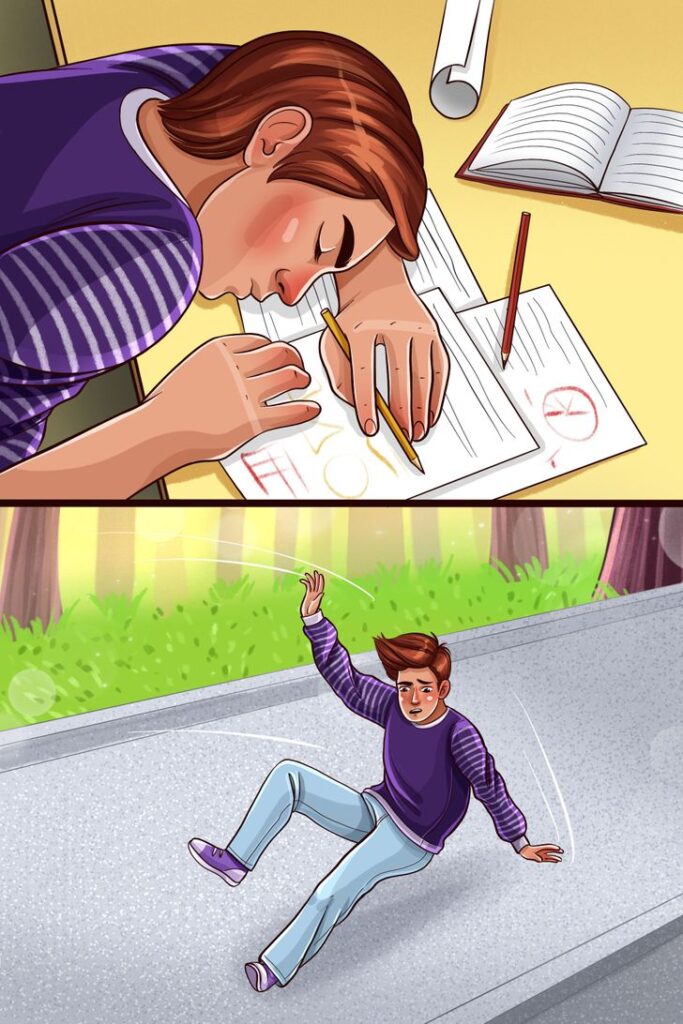
While occasional episodes of pins and needles are common and generally harmless, chronic or severe paresthesia can have more significant consequences. When nerve signals are disrupted for an extended period, the following issues may arise:
Neuropathic Pain and Sensory Impairments:
- Persistent Tingling and Numbness: When the nervous system is compromised, the constant barrage of tingling can lead to areas of persistent numbness. This not only affects physical comfort but may also interfere with daily activities.
- Neuropathic Pain: In some cases, the disruption of nerve signals can result in neuropathic pain—a burning, stabbing, or shooting pain that is notoriously difficult to treat. This type of pain often requires specialized medical intervention and may be resistant to over-the-counter pain medications.
- Loss of Fine Motor Skills: Chronic paresthesia in the hands or feet can impair coordination and dexterity. This is particularly concerning for individuals who rely on fine motor skills for their professions or hobbies.
- Increased Risk of Injuries: When sensation is diminished, the risk of accidental injuries increases. For example, reduced sensitivity in the feet can make it difficult to detect cuts, burns, or other injuries, potentially leading to complications, especially in diabetic patients.
- Psychological Impact: Dealing with chronic discomfort or pain can also have psychological ramifications. Persistent symptoms may contribute to anxiety, stress, and even depression, further affecting overall quality of life.
The Importance of Early Intervention: Addressing the root cause of paresthesia early is vital to preventing long-term complications. For example, managing diabetes effectively or correcting nutritional deficiencies can halt the progression of nerve damage. Furthermore, lifestyle changes such as improving posture, incorporating regular exercise, and optimizing ergonomics can play a crucial role in maintaining nerve health.
For a more detailed discussion on the consequences of nerve damage and the importance of early intervention, visit trusted sources like Mayo Clinic and WebMD.
Chronic Paresthesia: When Tingling Becomes a Health Concern
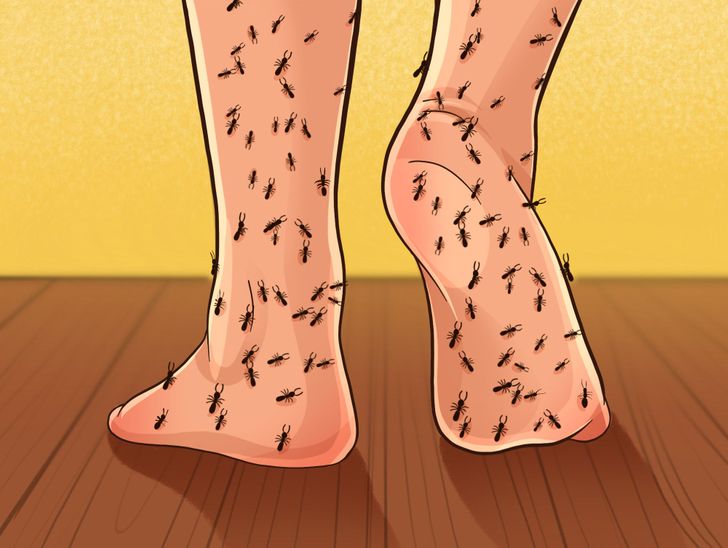
In some cases, paresthesia is not just a temporary inconvenience but a chronic condition that requires long-term management. Chronic paresthesia can be a symptom of various underlying health issues, and understanding when it becomes a concern is key to proper treatment.
When to Seek Medical Attention:
- Persistent Symptoms: If you experience tingling or numbness that lasts for more than a few hours or recurs frequently, it is important to consult with a healthcare professional. Chronic symptoms may indicate underlying neuropathy or other neurological disorders.
- Associated Health Issues: The presence of additional symptoms—such as muscle weakness, pain, or coordination difficulties—can signal more severe nerve damage. Conditions like diabetes, multiple sclerosis, or vitamin deficiencies should be evaluated promptly.
- Impact on Daily Life: When the sensations interfere with everyday activities, including work, exercise, or even sleep, professional advice is warranted. Early diagnosis and intervention can prevent further nerve deterioration and improve your quality of life.
Possible Causes of Chronic Paresthesia:
- Diabetic Neuropathy: Uncontrolled blood sugar levels can damage nerves over time, leading to chronic tingling sensations. Effective management of diabetes is essential in preventing neuropathy.
- Multiple Sclerosis (MS): MS is a neurological disorder characterized by the immune system attacking the protective sheath of nerves. Paresthesia is a common early symptom in MS patients.
- Nutritional Deficiencies: A lack of essential vitamins—especially vitamin B12—can lead to long-term nerve damage. Addressing these deficiencies through diet or supplementation is critical for nerve health.
- Chronic Injuries or Repetitive Strain: Continuous stress on nerves due to poor ergonomics, repetitive motions, or long-term injuries can result in chronic paresthesia. Ergonomic adjustments and physical therapy may help alleviate these symptoms.
- Other Neurological Disorders: Conditions such as peripheral neuropathy, autoimmune diseases, or even chronic inflammation can manifest as persistent tingling or numbness.
Managing Chronic Paresthesia:
- Medical Treatments: Depending on the underlying cause, treatments may include prescription medications, physical therapy, or even interventions like nerve blocks. In some cases, lifestyle modifications and nutritional adjustments can greatly improve symptoms.
- Alternative Therapies: Many individuals benefit from complementary treatments such as acupuncture, massage therapy, or yoga. These approaches may help relieve discomfort and promote overall nerve health.
- Ongoing Monitoring: Regular check-ups and monitoring with your healthcare provider are crucial for managing chronic conditions. Early detection of changes in symptoms can lead to timely adjustments in treatment plans.
For more in-depth information on chronic paresthesia and its management, consider reviewing materials available at NIH and Healthline.
Conclusion: Taking Charge of Your Nerve Health
Pins and needles, or paresthesia, may seem like a minor nuisance when they occur sporadically. However, understanding the underlying causes, recognizing when sensory loss becomes more than just a temporary inconvenience, and knowing how to respond effectively are all critical steps in maintaining optimal nerve health. Whether you experience occasional tingling after sitting in one position for too long or face chronic symptoms linked to an underlying condition, addressing these sensations early can prevent more serious complications down the line.
Key Takeaways:
- Understanding the Science: Recognizing that the familiar pins and needles sensation is medically known as paresthesia helps demystify the experience and points to its neurological roots.
- Identifying Triggers: From prolonged pressure and poor circulation to chronic conditions like diabetes and multiple sclerosis, being aware of the triggers can guide you toward effective prevention strategies.
- Knowing the Duration: While short-term paresthesia is typically harmless, prolonged or recurring episodes should prompt further investigation.
- Consequences and Chronic Concerns: Left unchecked, nerve damage can lead to persistent sensory impairments, neuropathic pain, and even impact your daily life and emotional well-being.
- Seeking Professional Help: If symptoms persist, consulting with a healthcare provider is essential for diagnosing and managing the underlying causes.
By integrating lifestyle changes, proper ergonomics, and appropriate medical treatments, you can alleviate discomfort and promote better nerve function. Remember that every small step—from improving your posture to addressing nutritional deficiencies—plays a significant role in enhancing your overall health and well-being.
For those experiencing persistent or worsening symptoms, seeking professional advice is crucial. Reliable resources such as Mayo Clinic and WebMD offer additional insights and guidelines to help you understand and manage paresthesia effectively.
Ultimately, knowledge is power. Understanding why we feel pins and needles and what actions to take empowers you to protect your nerve health and lead a more comfortable, active life. Embrace a proactive approach by staying informed, making healthy lifestyle choices, and consulting with experts when needed. Your journey to better nerve health starts with recognizing the signs and taking decisive action.

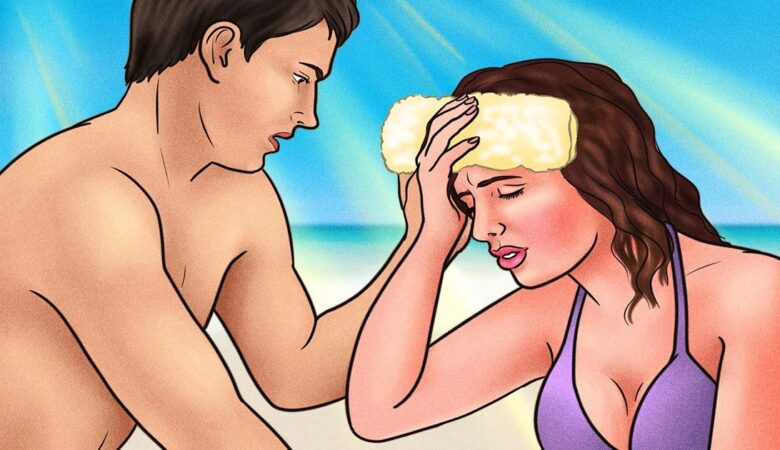


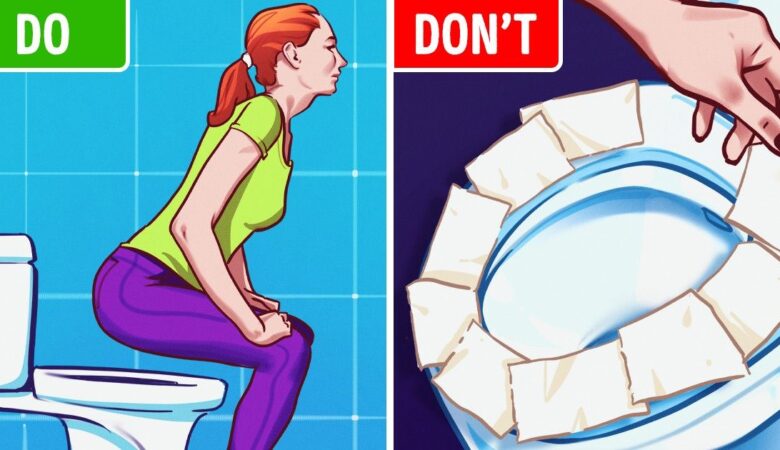



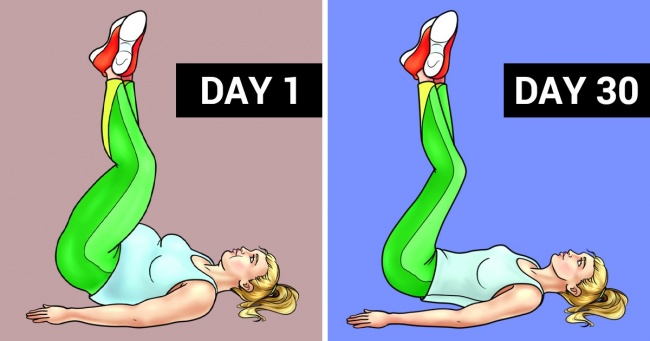
Leave a Reply